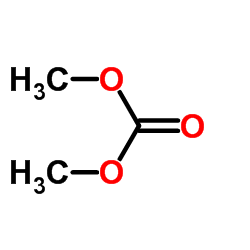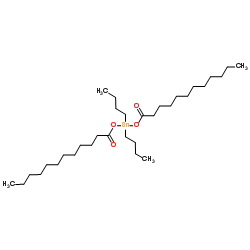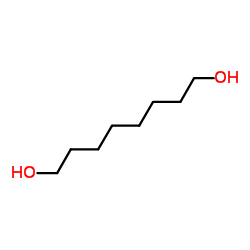| Structure | Name/CAS No. | Articles |
|---|---|---|
 |
ethyl acetate
CAS:141-78-6 |
|
 |
Dimethyl Carbonate
CAS:616-38-6 |
|
 |
Dibutyltin dillaurate
CAS:77-58-7 |
|
 |
1,8-Octanediol
CAS:629-41-4 |